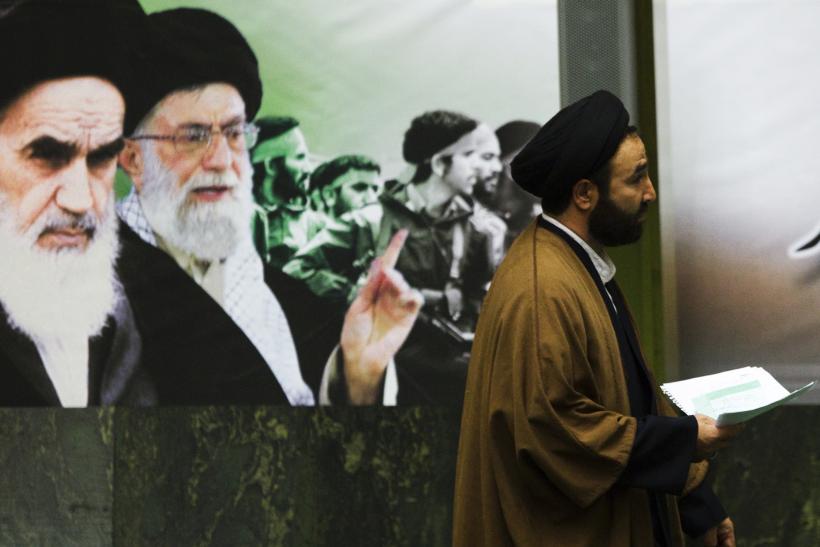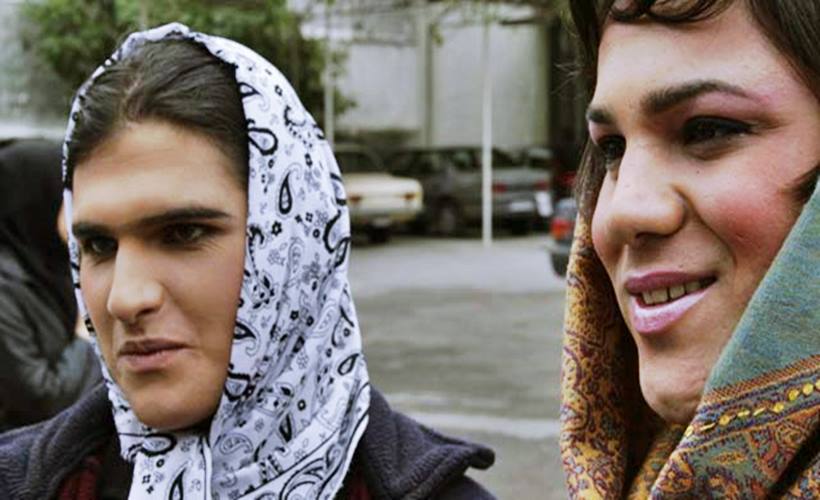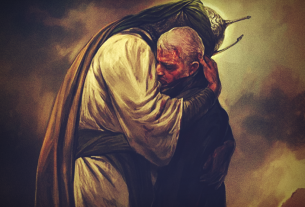WHY IRAN IS A HUB FOR SEX-REASSIGNMENT SURGERY?
Tue 05 November 2019:
The number of people seeking sex reassignment surgery in Tehran rose by 50%, said head of the city’s Medicine Organization, Mehdi Saberi.
“Girls are more in demand for sexual transition and are constantly seeing doctors regarding the surgery,” Mehdi said.
Surprisingly, Iran may be the most open-minded country in the Middle East when it comes to transgender issues.
Before the 1979 Islamic revolution in Iran there was no official government policy on transgender people. After the revolution, under the new religious government, transsexuals were placed in the same category as homosexuals, condemned by Islamic leaders and considered illegal.

Things changed largely due to the efforts of Maryam Khatoon Molkara. Molkara was fired from her job, forcibly injected with male hormones and put in a psychiatric institution during the 1979 revolution. But thanks to her high-level contacts among Iran’s influential clerics, she was able to get released. Afterwards, she worked with several religious leaders to advocate for trans rights and eventually managed to wrangle a meeting with Ayatollah Khomeini, the “supreme leader” of Iran at the time. Molkara and her group were able to eventually convince Khamenei to pass a fatwa in 1986 declaring gender-confirmation surgery and hormone-replacement therapy religiously acceptable medical procedures.
Over the last decade, with high-profile clerics and academic centers advocating for trans rights, social awareness on the issue has grown, says Schumacher. In 2007, Molkara established the Iranian Society to Support Individuals with Gender Identity Disorder, the first legally registered trans advocacy group. In 2008, the BBC reported that Iran was second only to Thailand in the number of sex-change operations performed, and the country’s surgery industry still attracts patients from all over the Middle East and Eastern Europe. Between 2006 and 2014, nearly 1,400 people applied for permission for the process according to government figures published in Iranian media.
There are even Iranian movies about accepting trans identities: 2012’s Facing Mirrors was something of a social turning point, giving local journalists a chance to address the issue publicly. The film’s release was even covered by state-run television and radio channels.
Transgender people can even receive financial aid for transition surgeries in Iran. Grants range from $1,200 up to $7,000 or even $12,000 for surgery. The State Welfare Organization of Iran says 3,000 people have applied for the stipend in the past several years or as many as 70 people a year.
Though seemingly supportive, Iran’s approximately 50,000 transgender people still face challenges in their everyday lives. “Social encounters are not good at all — verbal and physical abuse and harassment,” says Nahal, a 19-year-old trans woman who spoke out about being a trasexual woman in the Islamic Republic. “Once even some people attacked and beat me.”
Think your friends would be interested? Share this story!





